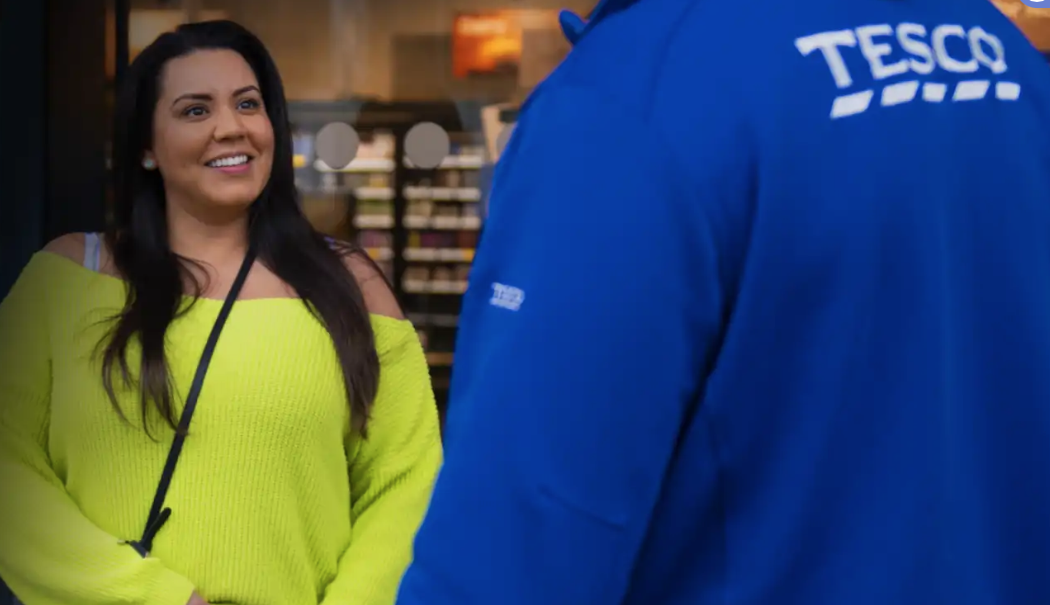More than four fifths of consumer time spent online is now done on a smartphone – and that was before the coronavirus pandemic – and is causing a shift in consumer behaviour.
Ofcom research shows that 87% of people aged 16 and over used the web in 2019, with 81% of measured time spent doing so on a mobile or tablet. The number of users who only use a laptop or desktop hit an all-time low of just 4% over the same period.
Time spent online has also gone up overall, with UK adults now spending 17 minutes a day more online than they did in 2018, says Ofcom’s annual Online Nation report for 2020. Factoring for lockdown, Ofcom finds that in April 2020, internet users in the UK spent an average of 4 hours 2 minutes online each day – a record figure – and 37 minutes more each day per online adult compared with January 2020.
On average, 18- to 24-year-olds spent over an hour more online each day than adults overall.
What are they doing?
Consumers are using online to do a growing number of things, with news and information coming out on top, with such sites reaching almost 99% of all adult internet users in the UK – each spending an average of 12 minutes on these sites each day. Social media is also very popular.
As a result, online service use in the UK is dominated by a few big brands, with a third of online time being spent on Google or Facebook-owned sites.
However, some of the fastest-growing services during the coronavirus crisis are not owned by Google, Apple, Facebook, Amazon and Microsoft (GAFAM). For example, TikTok, owned by Chinese tech company Bytedance, increased its reach among adults in the UK from 5.4 million to 12.9 million between January and April 2020, while Houseparty, owned by Epic Games, increased from 175,000 to 4 million.
Zoom, run by former Cisco Webex engineer Eric Yuan, reached 13 million adult internet users in April 2020, up from 659,000 in January 2020.
Interaction is the name of the game
As communication functionality is integrated into a wider range of online services, consumers are using a range of apps to fulfil different needs and communicate with different groups of people, says the report.
For instance, games platforms have integrated features that allow players to chat and connect in groups, share content and play together. For instance, Ofcom’s research suggests that one in ten (9%) UK game- playing adults have used a games social network such as Steam or Xbox Live in the past month.
Of those who use the communication features of games and game-related platforms, a third (33%) talk to friends more via these platforms than via other forms of online communication, and more than half (53%) talk about a wider range of topics, not just the games they are playing.
Multiplayer games, meanwhile, allow for the creation of more formal social groups, such as guilds or clans: one in 20 UK adult game players and three in 20 child game players have joined or taken part in this kind of game social group in the past month. Fifty-two per cent of 8-15s who take part in these groups say they do so to socialise with other people, and 83% say they do so to play with friends.
Meanwhile, social media and online communication services are integrating game features into their platforms. Snap Games, for instance, allows users to play games alone or with friends on the Snapchat app, while video-chatting app Houseparty lets users play games with each other and take part in quizzes. Our research suggests that 15% of UK adult players have played games on a social media platform.
Other devices
Other connected devices are also starting to gain traction in consumer homes and are also dictating internet usage, says Ofcom. Its research shows that in 2020, a fifth (22%) of UK adults had a smart speaker in the home and 11% of all UK households own some kind of ‘smart home’ technology – including devices such as smart home security, smart lighting or smart heating.
The number of households with internet-connected smart TVs rose to 51% of all adults in 2020, up from 40% in 2019.
How is it paid for?
Advertising is the primary revenue source for many online properties and has grown at a compound growth rate of 20% for the past five years. Google and Facebook sites combined had an estimated 78% of UK online advertising revenues in 2019.
Although 2019 was another year of growth for online advertising, the latest Advertising Association/WARC Expenditure report forecasts that the impact of the coronavirus in 2020 will result in year-on-year declines in paid search and online display advertising for the first time.
Interestingly, research by Oliver & Ohlbaum in the AA/WARC report also suggests that, while 79% of online revenues come from transactions and 18% from advertising, 3% is now coming from subscriptions, which have grown 23% since 2014.
OUR VIEW: What does it mean for retail?
All this has a profound impact on retail. The shift towards mobile by consumers, along with the increase in overall internet use – across a multitude of devices – means that retailers that want to sell have to be ready to do that through a wide range of platforms.
It also shows that being transactional on different devices is just the start. The shopping journey is now one that encompasses search, social and even news, across these devices. It also is one that needs to have an interactive and playful element too as part of that purchase funnel.
Discovery for many consumers comes not just through advertising – although this does drive much of it – but it also comes from social recommendations across a range of ‘traditional’ social media channels, as well as the crop of new ones that have seen accelerated uptake in the past three months.
There is also an interesting move towards interactivity that blends social media and gaming for many quasi-social sites, especially those targeted at younger people. This move will inculcate the need to make the online and mobile retail experience a much more interactive and gamified experience moving forward – one that is both interactive and social.
Finally, the new online habits the Ofcom study reveals also point to how subscription services are also seeing growth. While still only a small percentage of online revenues, 24% CAGR since 2014 shows that there is a move towards this kind of customer engagement. With more people looking to subscribe to video-on-demand services such as Netflix, music streaming services and new and information, the move to subscription retail can’t be far behind. It won’t be for everyone, but it could form an interesting part of the mix.






